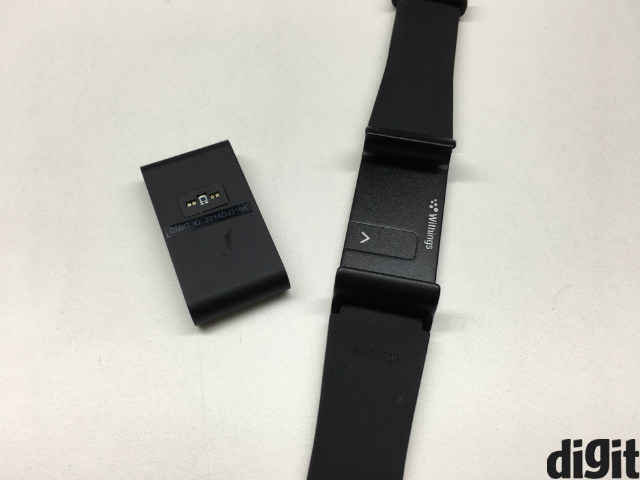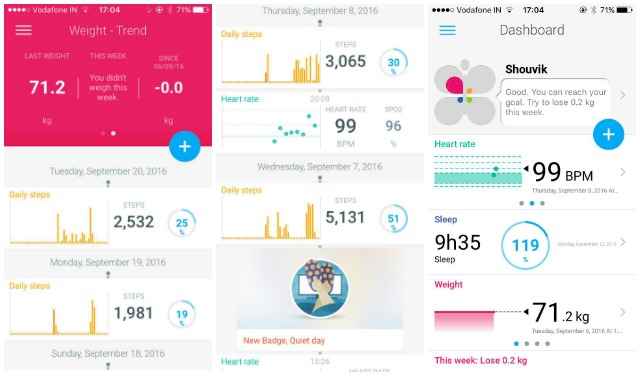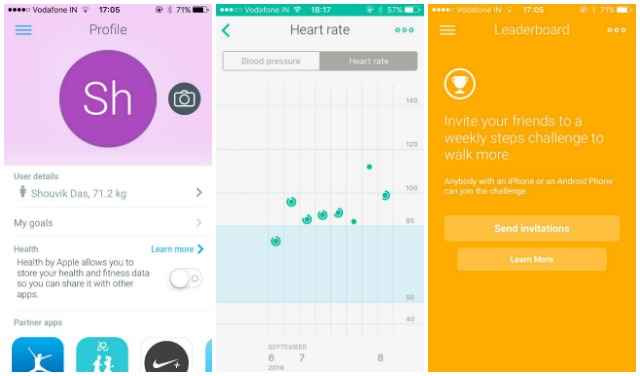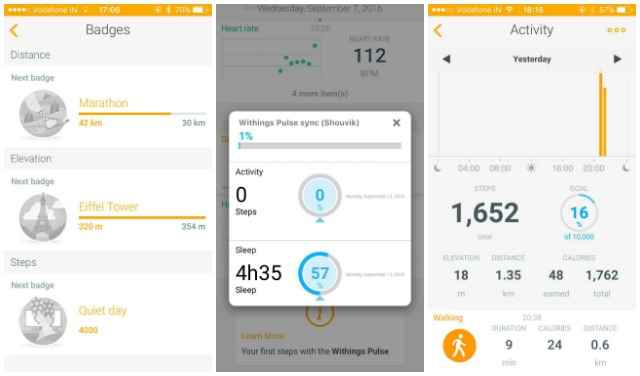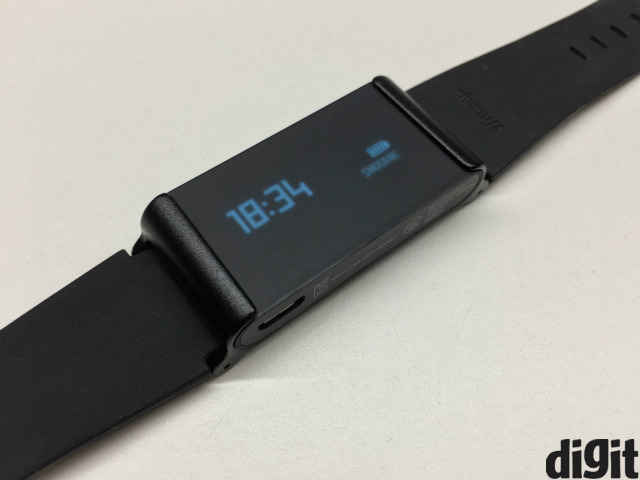Withings Pulse O2: A half-baked fitness tracker
The Withings Pulse O2 has a neatly arranged app, but gets one very fundamental aspect wrong.
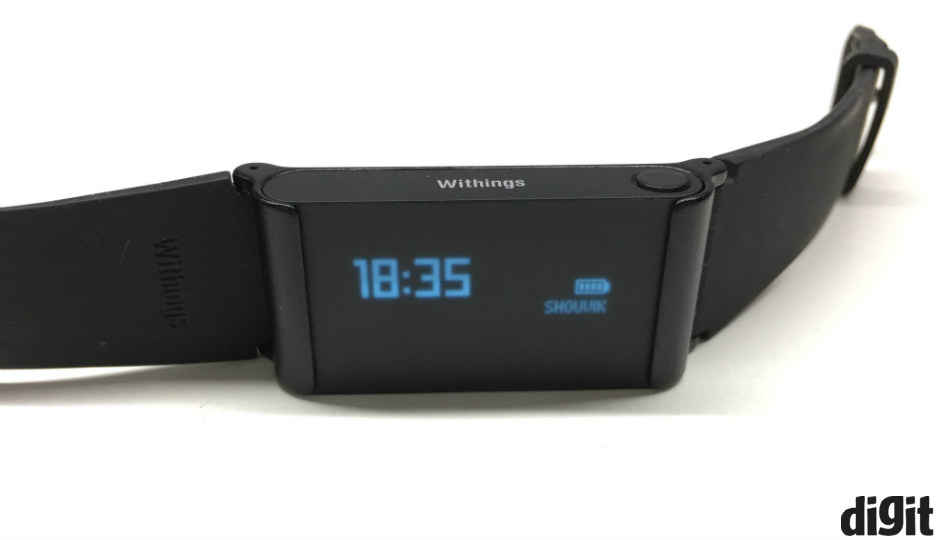
Ever since I first encountered a fitness tracker, I have felt occasional spurts of enthusiasm to get off the bed on a wintry morning and go out jogging. It never really lasts beyond a week or two, and when I first came across the Withings Pulse O2, I hoped that this will be the one that gets me back to my long-lost fitness regime.
 Survey
SurveyThe Pulse O2 somewhat reminds me of the Fitbit Charge HR, with the slim, black wristband. The similarities end there, though, and despite a few points that impressed me, the Withings Pulse O2 may pose a few difficult aspects to give you seamless usage experience. Here’s what I found, after two weeks with the Withings Pulse O2.
Build, Design
The main module of the Withings Pulse O2 is detachable, and comes with two holders within box – a wrist strap and a belt clip. You’ll probably never use the belt clip, and mine has remained in the box till date. The wrist strap is incredibly light, and has a metal holder to contain the main module. In terms of quality of build, the Pulse O2 is nothing remarkable. It does get the job done, but does not really make you sit up and take notice.
The nonchalant looks often led to people mistaking it as “one of those cheaper” activity bands, which is not what this is. The light rubber strap also feels somewhat feeble, and the sweat resistance is good for working out. One good thing is that the band does not feel itchy, even after long hours of wearing it. At night, I could easily strap the Pulse O2 lightly and fall asleep, and the light band did not disrupt me in process.
Overall, although design is not its strongest aspect, the quality of build seems suited to amplify comfort and not overawe with uber premium quality of materials used. The Withings Pulse O2 is a light, easy fitness tracker to wear, which I feel is exactly what makes a fitness tracker convenient to use.
Performance and Battery Life
It is here that I started doubting the Withings Pulse O2. Before I begin, one of the main problems is the heart rate sensor and the way it works. Unlike activity trackers from brands like Fitbit, you have to remove the Pulse O2’s main module from the wrist clasp and place a finger on the heart rate sensor to get a measurement. The best part about other fitness trackers is how easy it is to measure the heart rates, and most offer one-tap heart rate measurement, but this process is actually quite inconvenient, and after a point, you would feel like skipping the ordeal entirely.
In terms of measurements, the pedometer gives you fairly accurate readings, although every now and then, I felt that I had actually walked more than what the readings showed. It also shows you calories burnt equivalent to the distance you have walked, after taking into consideration the statistics that you have filled.
Another great aspect is how the tracker stores 10 days of data locally, so that you do not keep opening the app and syncing every day or risk losing all your data. Over the last one month, I only opened the companion app 3-4 times, to sync every 8th or 9th day, and to check the statistics. Battery life is also quite great, and is certainly among the best that fitness trackers deliver. The Withings Pulse O2 lasted for 14 days in one full charge, even with wearing it every day, checking heart rates and measuring sleep.
The display is tiny, and uses monochrome blue LED to display data. Raise to glance functions never worked on the tracker, and it changes statistics with the tap of the single physical button on it. It works, but seems to be rather low on fidelity.
App
The Withings app shows your present day activity as soon as you open it, and you can scroll vertically to see all the data that you have entered. You can tap on each day’s activity card to get more details about your entire day, like distance walked, elevation, sleep durations, etc. You can also tap on the Badges icon to the top right and see your accomplishments, to feel motivated about working out more. The Dashboard tab on the slide out menu also shows the heart rate graph and weight chart, provided you regularly added data.
You can also add your friends and maintain a leaderboard to increase the competitiveness between your peer circle. The app interface looks fairly easy to operate, and bright colours add a touch of familiarity with it.
Bottomline
My problem, though, is that the Pulse O2 does not give you any impetus to keep working out more. There are no regular notifications to get off your chair, or warnings that you are not meeting your daily goals, or easy measurements of heart rates to facilitate frequent monitoring. It feels like an activity tracker for the light user, who would like to maintain his health, and yet not be bound to routines for it.
This somewhat belittles the need of a fitness tracker, and although the Withings Pulse O2 gets its essentials almost right, it fails in providing innovative features to make fitness schedules exciting. At around Rs. 10,000, you should rather go buy a Fitbit Charge HR, if you need a fitness band that pushes you to do more.

